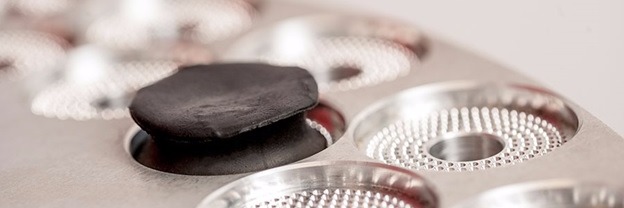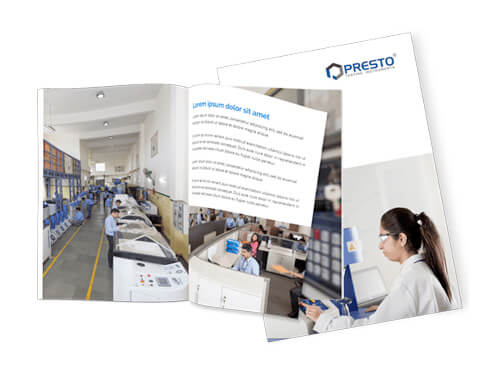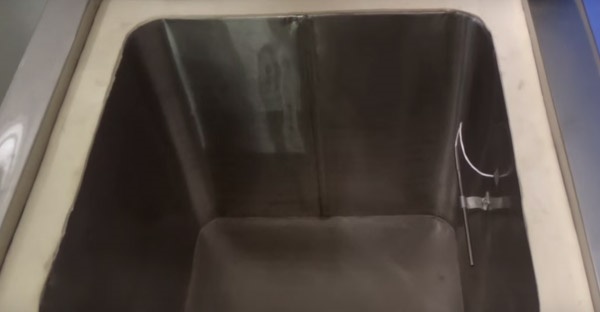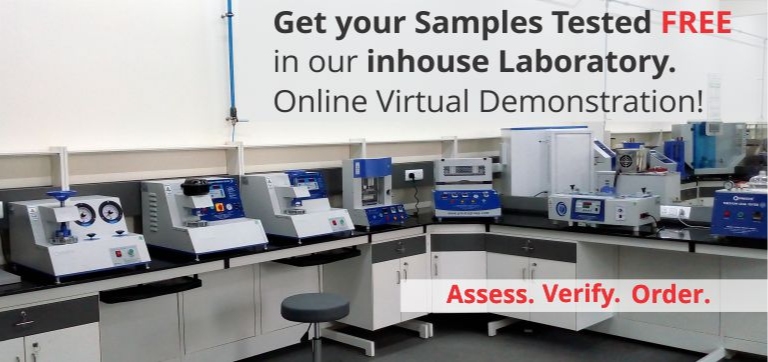How Can Testing of Samples Help Rubber Industry in Accurate Assessment?

Testing has a very significant role to play in the rubber industry. Properties of rubber vary a lot with a change in rubber and atmospheric conditions. For instance, in aerospace, the rubber components need to deliver high performance despite having high atmospheric pressure and ozone exposure. Similarly, rubber tyres have to perform without failing when subjected to heat produced due to high friction. In the end, the objective of stringent testing is to make the end product strong enough to sustain real life working conditions. The controlled conditions that are created during test procedure are extreme conditions. It is believed that, if sample withstands those conditions, it is fit to use in real working conditions.
When subjected to controlled testing environment in the lab, the rubber experiences an accelerated ageing and thus respond to the situation. Usually, test runs range from some hours to few days. During this period, the test sample is made to tolerate all the conditions that it would bear in the span of years. Say, a rubber sample is placed in an ultra low deep freezer and then its tensile properties are tested. The transition from freezer to the tensile testing machine is quite fast and weight subjected is quite high, depending upon the testing standards for respective industry and application.
Why is the same sample exposed to different environmental conditions?
According to standards, to declare a product fit to use, its sample is tested irrespective of its expected working conditions. A manufacturer cannot restrict the end customer to use the product in one condition, either hot or cold or humid. He may go to high-pressure terrain, he may use the product in very high temperature or ozone rich environment. Thus, a sample is made to pass all the conditions and that too at severe specifications. Let’s take the example of rubber O-rings and washers used in taps. Taps that are used in domestic applications may get hot water supply or cold-water supply. Rubber has a tendency to expand in high temperature and contract in low temperature. When O-ring is fixed in a fixture, it should not break under any temperature conditions. The test sample should bear both the conditions plus physical strain.
To test the sample for this condition, it is first kept in a hot air oven or muffle furnace at low temperature and then same sample is kept in the ultra low deep freezer or vice-a-versa. Similarly, with respect to industrial requirements, the samples are tested.
For more information about environmental test chambers, contact us.
you may also like
- The Ultimate Guide to Universal Testing Machines (UTM)
- Guide to Bursting Strength Tester: Working, Benefits & Price
- Ultimate Guide to Melt Flow Index Tester: Operations, Advantages, and Uses
- A Complete Guide to Box Compression Tester: Methods & Applications
- Hot air oven not working? Common problems & fixing issues
Recent News
- Paper & Packaging Testing Instruments
- Paint, Plating & Coating Testing Instruments
- Plastic & Polymer Testing Instruments
- Environmental Testing Chambers
- PET & Preform Testing Instruments
- Color Measuring Testing Instruments
- View Entire Range Instruments

Catalogue 2023
Get information about new product launches, research, innovation and endeavors at Presto.
download Free Copy
Get a Quote


